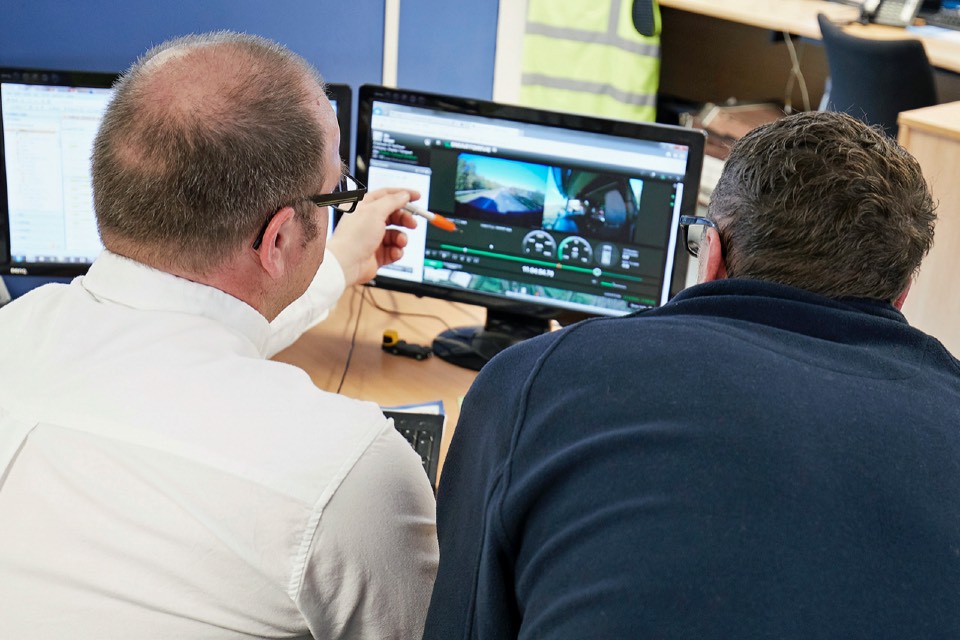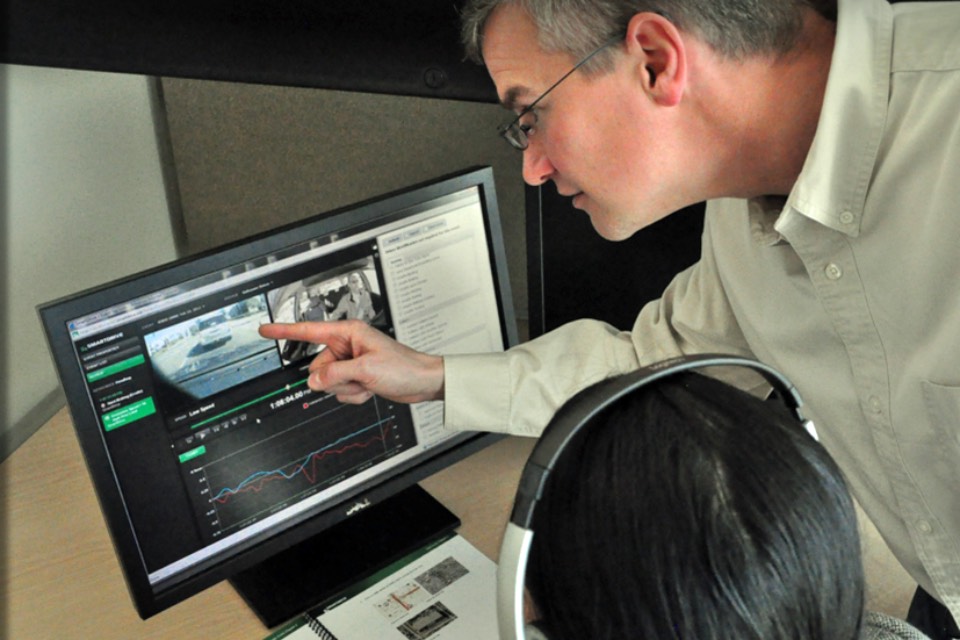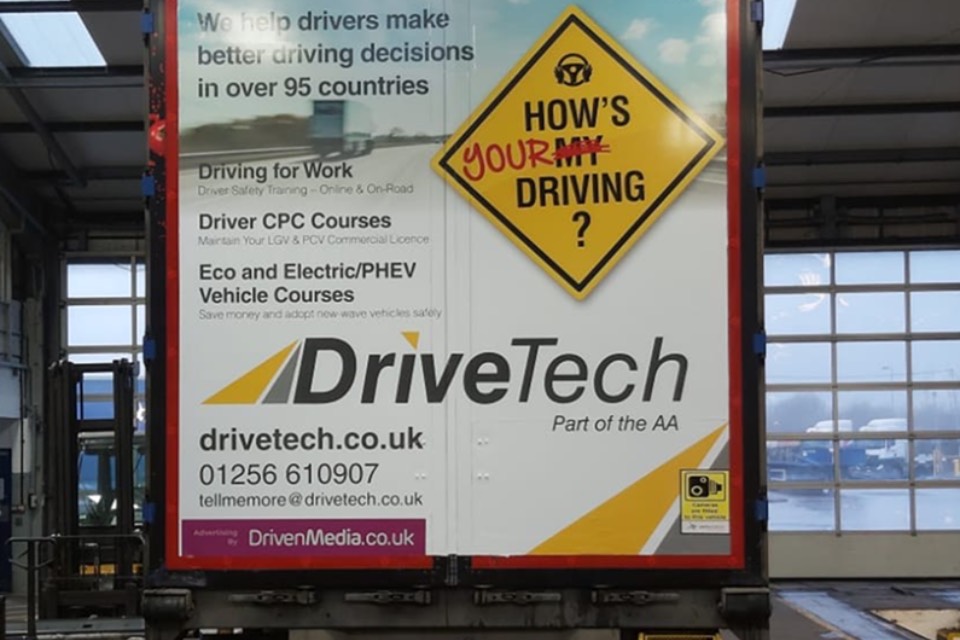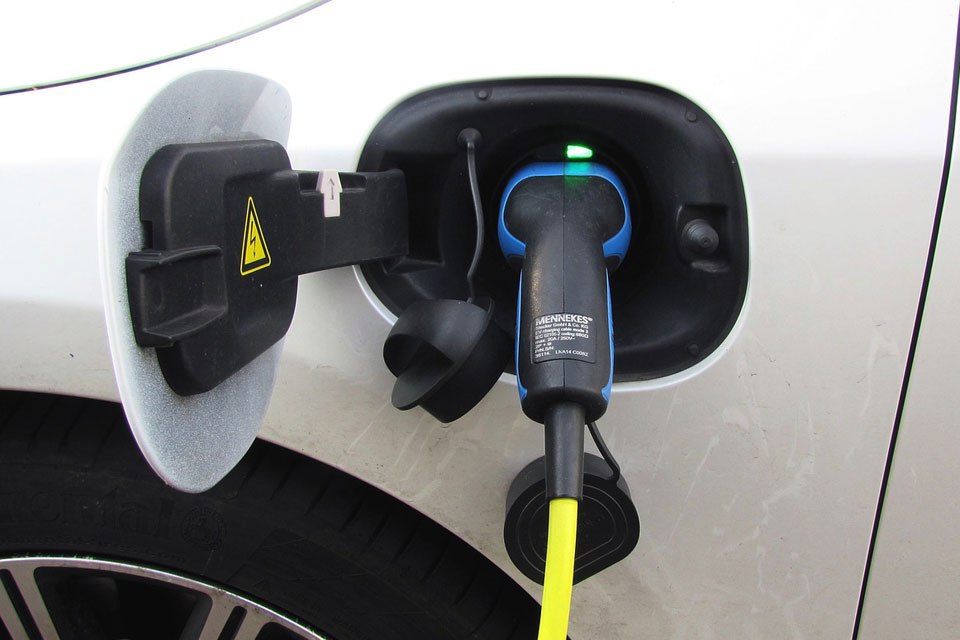Coach your drivers to safety and success with a managed service video-based safety programme

Hundreds of thousands of drivers are coached every day, (by thousands of driver trainers/coaches), using the SmartDrive® video-based safety programme. As experts on the impact of reducing risk through coaching and the resulting improvement of a fleet’s safety metrics, SmartDrive provides insights on how to put the power of coaching to use in commercial fleets, […]
DriveTech adds to training portfolio with new “Driving Stress” workshop

The stress of everyday life, both work and personal, can often contribute to feeling tense on the road too. Plenty of time is spent analysing fuel efficiencies and maintenance of vehicles but we often forget the most important element, the driver. Driving stress is doing much more harm than you think. Commuting by car while […]
Reducing collisions and increasing driver safety

A video-based safety programme cuts incidents and helps with fast and efficient management when they happen. Commercial fleets and drivers have a tough job on the road and around the vehicle. Balancing legislative compliance, safety requirements and collision avoidance is not only challenging, it can also drain financial resources and increase operating costs. SmartDrive enables […]
Dangerous driving: 5 risk factors at the wheel

Road accidents are the leading work-related fatality and a crucial issue for businesses that manage a fleet. At Masternaut, a Michelin Group company we have conducted a study based on over four million driving hours to identify and help you avoid the most common dangers behind the wheel. Take a look at some of our key […]
GUEST BLOG: A momentary lapse in concentration

By Colin Paterson, Head of Marketing, DriveTech (UK) Limited I’m not entirely sure how I got there but on one of my frequent (and repetitive) motorway drives to and from work I got sandwiched between two larger vehicles on a stretch of ‘SMART’ motorway with four lanes running – one HGV in lane 1, a van […]
Brits want electric cars to sound like… cars

A new survey has revealed that British road users want electric cars to sound like cars to ensure safety for pedestrians and other road users. The survey, conducted by Venson Automotive Solutions, found that 43 percent of drivers would prefer a noise that mimics the sound of a conventional petrol or diesel engine on an […]
GUEST BLOG: 5 ways to ensure a fleet stays safe on the roads

By Rebecca, Technician at Dronsfields If you manage numerous vehicles as a part of your business, you’ll understand the importance of ensuring their functionality and safety – as well as the safety of their drivers! Here, I’ll explain how to easily keep your fleet safe and running as it should by offering up a few choice […]
Know your limits: A history of the UK’s speed restrictions

For the year ending June 2018, 1,770 people had died on British roads, while 25,000 more were seriously injured. Many of these deaths and injuries have been linked to breaking speed limits or driving beyond the means of the weather conditions. Speed limits, despite often frustrating, are there for a reason, whether it is to […]
Changing driver behaviour through telematics: First step, safety culture

By Nick List, Customer Success Director, Europe at eDriving Telematics solutions are fast becoming commonplace among fleets. No longer valued only for their “track and trace” capabilities, telematics solutions are now able to provide a vast array of behavioural insights to help fleet managers improve driver safety and wellbeing. Fleet managers have the ability to […]
GUEST BLOG: Effectively managing driver risk by making safety part of every day

By Andy Cuerden, Managing Director, Europe, eDriving What do you do if a customer calls your company employee while they are driving? An eDriving client recently shared a story about a customer calling their customer services department from a mobile phone while driving. The customer services representative politely informed the customer: “I’m sorry, it is […]


